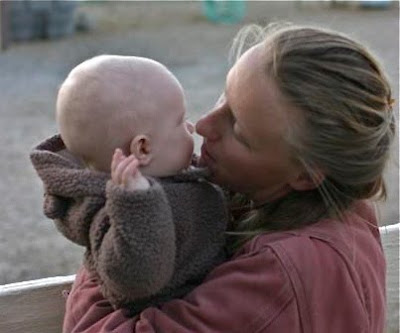
It’s odd how the mind works, especially when it’s slowly rotting. Karla and I spent part of the day finishing the splitting of a big heap of pine tree rounds down near our new house site. In a couple of hours we were done, and decided to mosey over to the site where our new house is to be built. We parked between the dining room and entry and enjoyed the panoramic sweep of the surrounding mountains and valley below. A never-ending breeze rose from the place we call Solar Hill. I turned on the satellite radio to some gentle jazz. I changed the channel to a bit of Tchaikovsky then mentioned that we could even listen to some old time radio.
The Shadow was playing, an episode from May, 1940. As we listened to the fanciful story, we kept seeing a
water boatman, an insect you would normally find jerkily darting about in a pond. It was flying onto the hood and beating against the windshield! Occasionally it would fly through the side window, land in my lap, and I would toss it outside again. It was single-mindedly insistent at trying to land on the hood when I suddenly realized what it was doing—the car is blue and shiny, like a pond. Same for the windshield, reflecting a clear blue sky. The boatman was trying to dive in to take a swim!
When the episode of
The Shadow ended, we drove back to the existing house. We had left a pot of stew meat on the wood-burning heating stove and we needed to get back before it dried up. On the way I remembered that
The Shadow, when I was a kid, was introduced by an announcer who said something to the effect that it was “brought to you by Roma Winery, the World’s Largest Winery, Fresno, California.” I remembered accompanying my father on a visit to that winery in the south part of town when he was proposing the sale of a fire alarm system to protect the huge place. We walked along catwalks over enormous vats of fermenting grapes. I almost gagged thinking that if I ever got old enough to drink wine, I probably wouldn’t because of memories of that powerful stench.
Then that reminded me of my very first paying job, at thirteen years of age, working for a neighbor who had a ranch with 20,000 turkeys. The neighbor’s house was an actual 1880s stage stop on the trail from the San Joaquin Valley to Yosemite. The ranch was a perfect location for raising turkeys since it was gently-rolling land with an amazing abundance of spring water. I experienced first-hand the antics of penned-in birds that seemed to be brainless, crowding against fences if a low-flying airplane scared them which suffocated the bottom-most birds; forming circles and gawking at a hapless snake that slithered into their midst, piling on top of each other and suffocating the bottom-most birds; hiding under the feed trailer and getting the soft spots on the backs of their heads bonked by the axle housing when the tractor started moving, then flopping about and dying; being culled because of “drop crop,” a condition where the outlet of the gullet is blocked and fills with food as the turkey starves—those birds had to be euthanized. I really hated even the
thought of turkey meat and vowed that it would be right there on the list with stinky wine as something never to be consumed by me.
John, the turkey-raising neighbor, is a classically-trained pianist. Eventually he sold the ranch and with his wife, Donna, bought a motel on the Pacific Ocean side of San Francisco. When I was attending the Navy’s electronics school in the bay, I enjoyed taking the old green-and-cream-colored streetcar to the end of the line to visit them at their motel. I noticed that big black cars with really thuggish-looking men kept coming and going. They were caricatures of Mafiosi—dark glasses, black shirts and white ties. My friends told me they were part of the Mickey Cohen gang; Mickey himself was a permanent resident at their motel!
Later John and Donna bought other hostelries and became tourist guides to The City’s hot spots, eventually adding to their acquisitions the aging Zellerbach yacht, a wooden hole in the water into which they poured money. John charmed guests with his piano artistry as they cruised the bay. I hope they’re doing well.
Now…where was I? Oh, yeah, looking for a recipe for turkey breast poached in wine.…
Photo: Water boatman, Wikipedia
 To enlarge this picture, click on it. It’s a supercell thunderstorm in Montana. Unbelievable weirdness, almost like it’s on another, even imaginary, planet. Once again, it comes from good old Astronomy Picture of the Day, one of my go-to-first sites that I check daily.
To enlarge this picture, click on it. It’s a supercell thunderstorm in Montana. Unbelievable weirdness, almost like it’s on another, even imaginary, planet. Once again, it comes from good old Astronomy Picture of the Day, one of my go-to-first sites that I check daily.








































